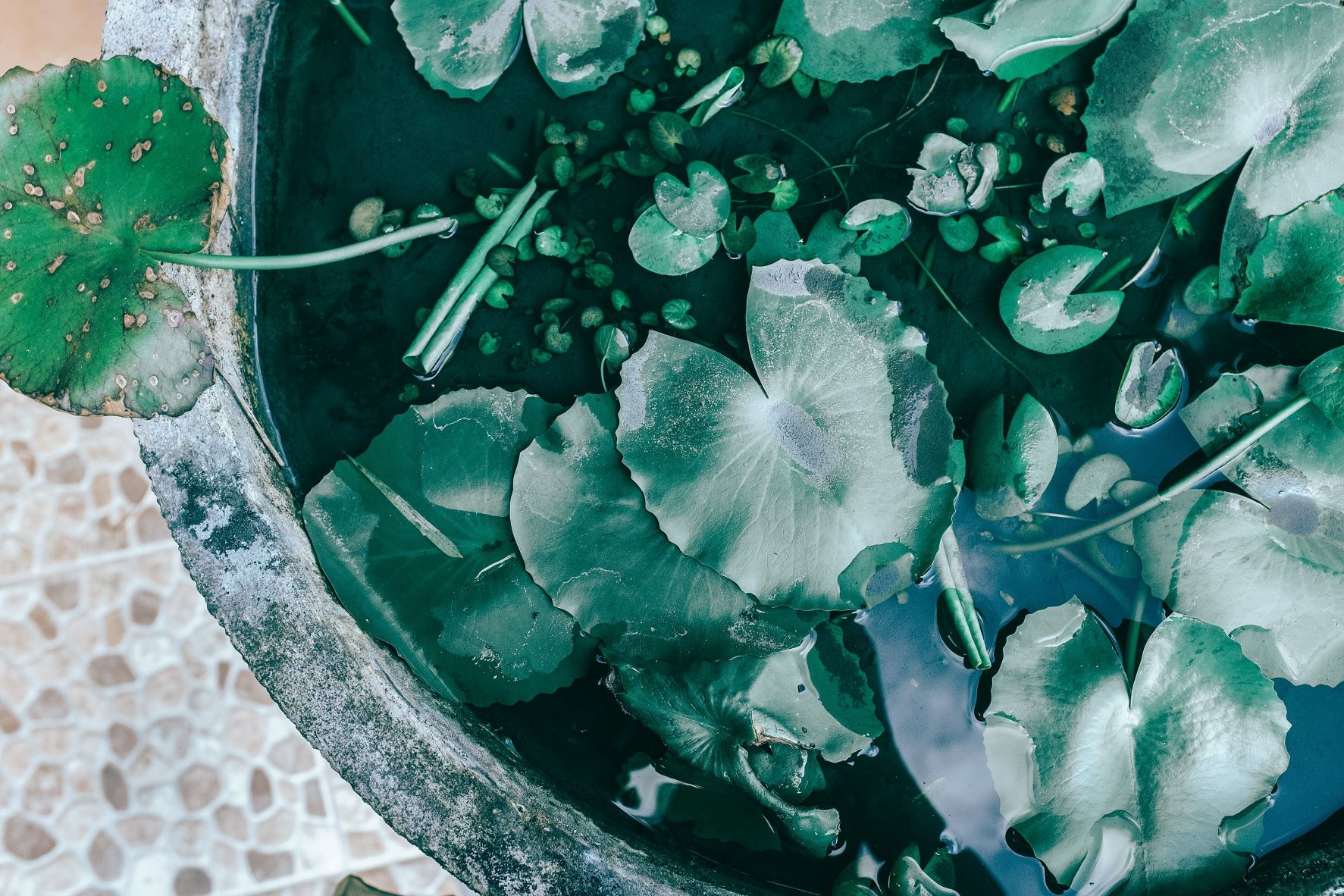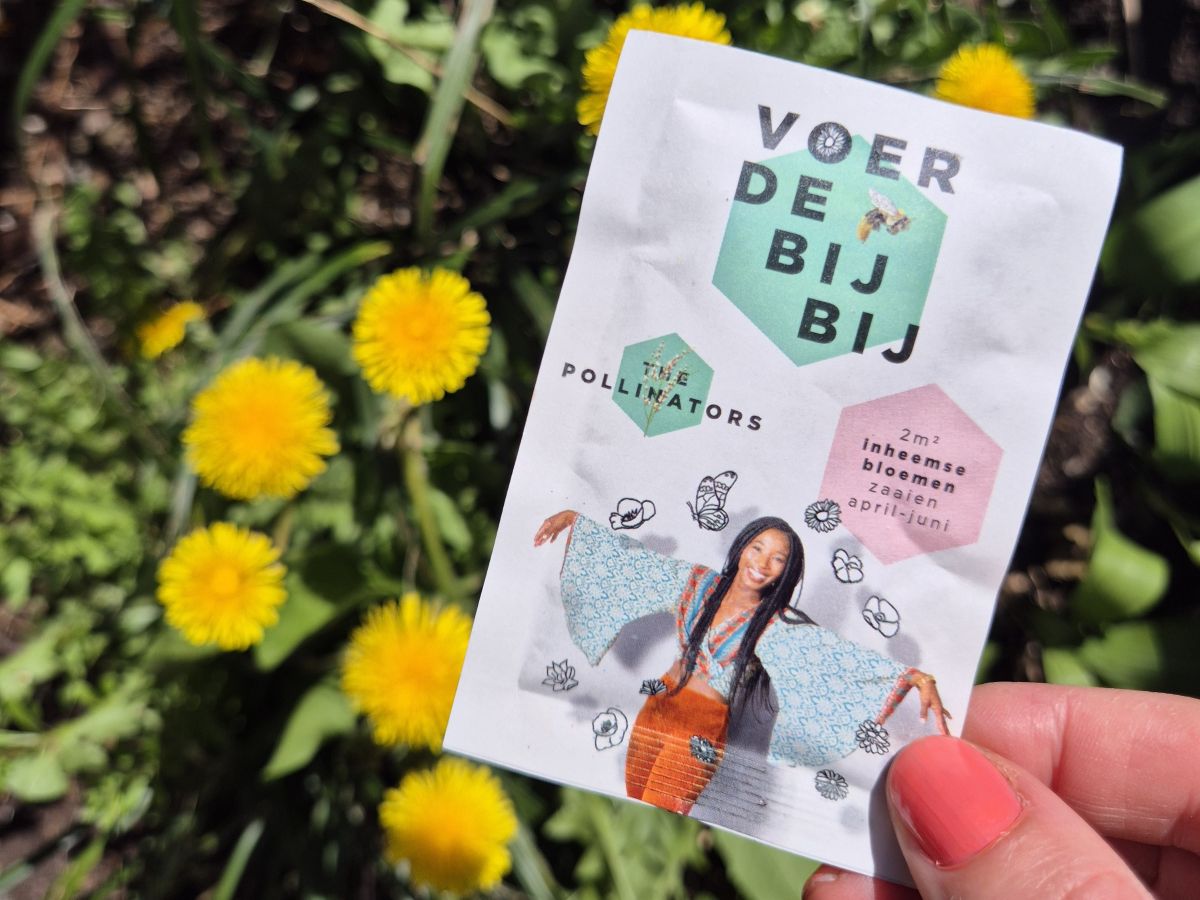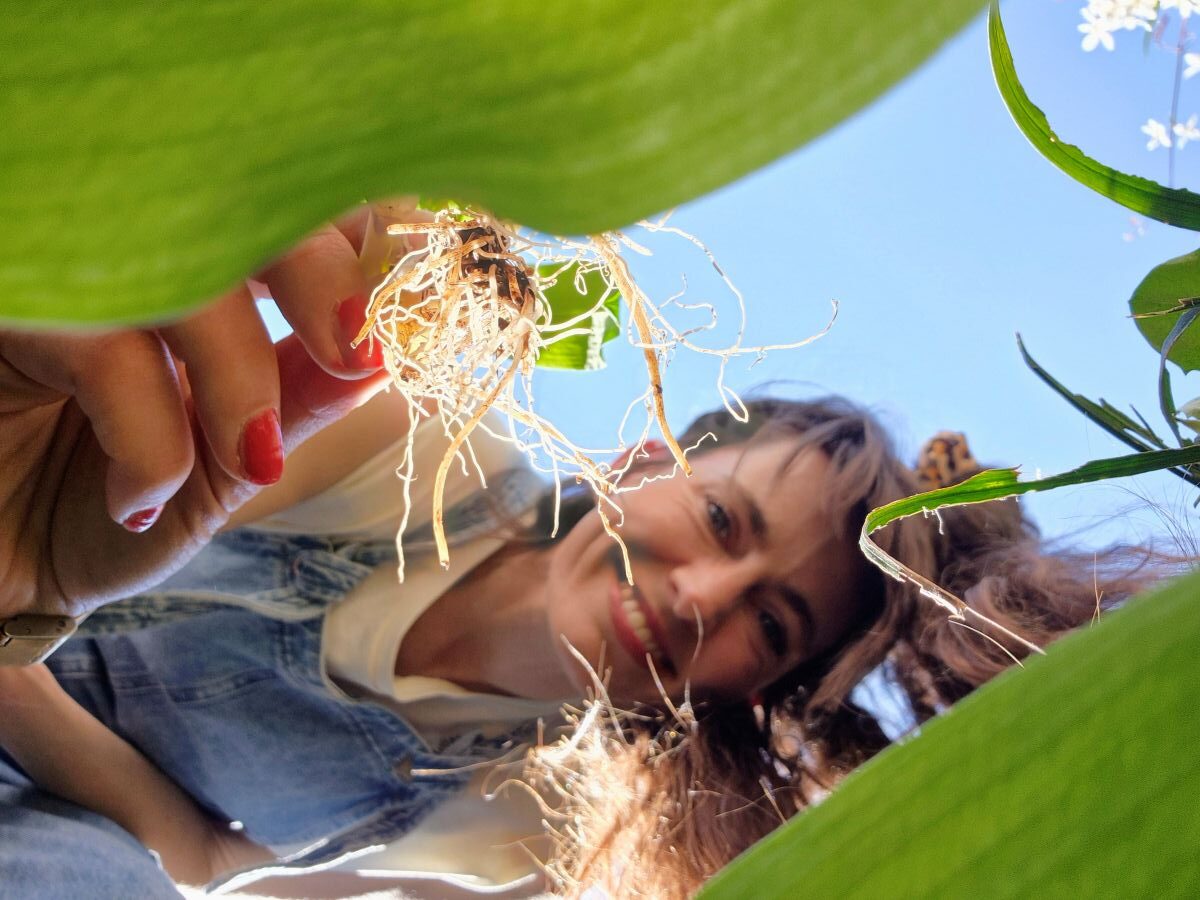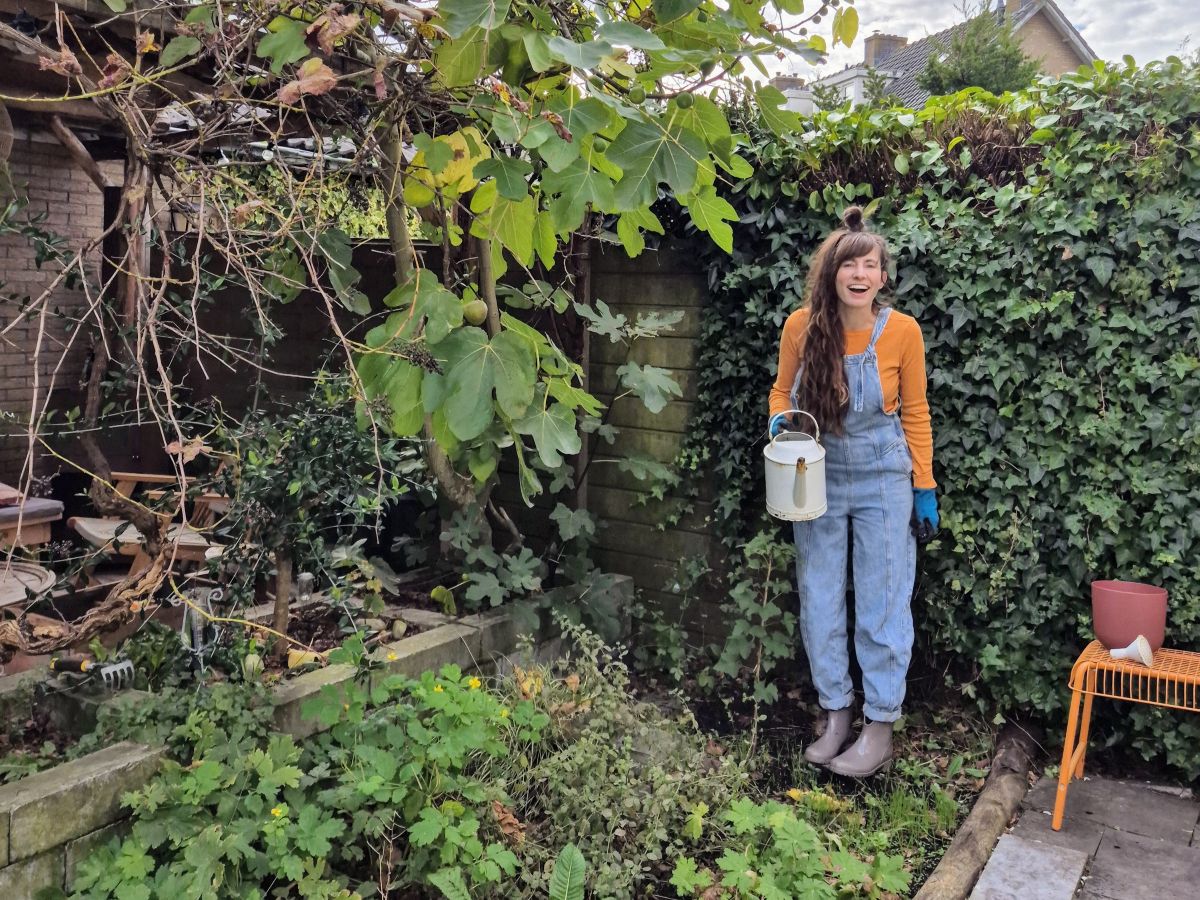Climate change is also making it drier and drier in the Netherlands. Weather experts say it is historically dry in summer and that longer periods of drought and lots of rain will only become more common. Biologists and foresters are worried because animals have a hard time during these dry periods. Our garden expert Amanda has some handy and easy tips to help animals with more water in the garden. Take action for them!
More water in the garden: help animals through the drought
Animals need water to drink, wash or live in. Normally, animals get this from puddles or gutters, but these are now often dry in summer. So birds, insects, amphibians and other animals in the garden then have no source of water. A lack of water weakens them and they may even eventually die from the water shortage. Do you have a garden or a balcony? Then take action during the warm periods! The animals could really use your help. And it only takes you a few minutes a day. What am I saying: per week.
More water in the garden
When you think of more water, you probably quickly think of a pond. That's hearty fun - if it can be done, I'd say do it! -. Research also shows that garden ponds are an oasis for frogs, salamanders and many other animals. They come there to eat, live and shelter. All that visiting is, of course, heart-warming. But a pond does not fit in every garden. Maybe you have a balcony or small children without swimming certificates. What to do then? Even without a pond, you can create water features that attract animals to your garden. Before you know it, you can also welcome birds, insects, frogs, dragonflies and damselflies. I'm going to tell you how you can do that.
This is how you think of all the animals
Go to thrift shops and look for pretty bowls or plant pots that you can use to create water spots. Or maybe you still have some at home, totally great! Ideally, you should get different types of bowls and pots, because every animal has its own needs. A bird might like a deeper bowl or container, but not an insect. To solve this, you can also place one or more large stones in the water (preferably at a slight angle). This way, several animals can use the water. Or choose several bowls and pots. Be careful: if the edge is too steep, animals can drown. If you don't have space for a water dish, e.g. because you don't have an outdoor area or only a French balcony, you can fill (beer) caps with a small amount of water and place it on a rim outside. Ready is your bee and insect watering place!
Whereas for birds and insects it does not matter so much whether the watering bowl is raised, hanging or on the ground, it is useful for a hedgehog that the watering bowl is on the ground. For a hedgehog, a small bowl with water (e.g. rodent feeder or a brown tapas dish from the thrift store) is sufficient.
Where do you create these spots? Preferably place the water in the shade, otherwise the temperature of the water can rise considerably and is anything but cooling. Also, algae can develop in the sun.


Insects need so little: a piece of fruit or a soda cap with water is enough for them!
Organic fruit in the garden
Instead of water, you can put organic fruit in the garden or on your balcony. This is a tip from forester Arjan Postma. Fruit also contains a lot of moisture that benefits animals. Put this fruit down for a day at most to avoid pests. By offering it a whole day and night, you help both day and night animals with it. It is important to choose unsprayed, organic fruit.
Caring for butterflies in the garden
Want to help butterflies and admire them up close more often? Put that rotting fruit down on a tray. This is particularly useful in autumn, when you have leftover harvest from your fruit tree, for example. Many plants have finished flowering by then and offer less nectar, so the rotting fruit is a good food source for butterflies. Do put this bowl in the sun, as butterflies love it. Want more butterflies in the garden? Then check out butterfly man Nicky's tips: This is how to ensure more butterflies in the backyard.
Mini pond without fish
Do you find the bowl idea a little too summary and want to do more? Then the mini pond is a fun and low-threshold option. For a mini pond, you can think of a cement tub that you dig in and fill with (rain) water and with aquatic plants. You can make this yourself quite easily. Choose aquatic plants that purify the water and provide oxygen. Do not put fish in the water, as they will only pollute the water. Besides, they eat the eggs and larvae of amphibians. By putting plants in the mini pond, you ensure the water stays clear. Some animals, such as the newt, are also dependent on certain water plants. Also place stones along the edges of your mini pond to create a slope. Tip: You can often find pond stones for free on Marktplaats.


Left: a mini pond in the making, still missing stones needed so that animals can easily get in and out. Right: a gardeny puddle measuring 1 x 1.25 metres inhabited by fifteen frogs. Are you excited about the gardeny puddle now anyway: ready-made kits with aquatic plants and planting instructions can be ordered through IVN.
Mosquitoes in the garden
OK, nice all that water in the garden. But won't I get mosquitoes now? I get this question a lot! Mosquitoes are attracted to two things: stagnant water and polluted water. So for those bowls it is easy: just change it every day. And for that (mini) pond, you can think about a small fountain (lovely soothing sound) or a aeration pump in the water (the simplest and lightest model will do). The natural enemy of mosquitoes (and snails) is the frog. You can make a garden frog-friendly by placing aquatic plants in and around the pond. The frog will eat mosquito larvae and adult mosquitoes.
More water in the garden to brave the drought
I hope I have given you inspiration to make your garden or balcony a little more animal-friendly, especially in summer. A bowl or beer cup of water can already make the difference between life and death for animals. If you have any fun additional tips for animals in the garden, please let me know via the contact and follow buttons at the bottom of the page.
More green tips from thegreenlist.nl
- Also see: More animals in the garden? Go for a green garden fence!
- Also see: what's wrong with potting soil and how can you sustainably replace it?
- Also see: buy poison-free plants and bulbs!
Sources: butterflies. Photo credits: main image: Maria Orlova (Pexels), other: Amanda Sniekers.












